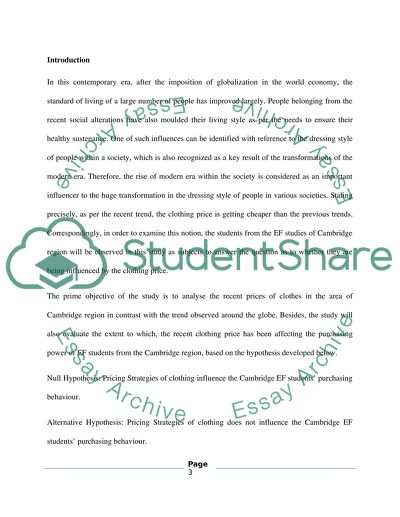Cite this document
(“Quantitative and Qualitative research (Dose clothes price influence Paper”, n.d.)
Retrieved from https://studentshare.org/miscellaneous/1685535-quantitative-and-qualitative-research-dose-clothes-price-influence-cambridge-ef-student-to-purchase
Retrieved from https://studentshare.org/miscellaneous/1685535-quantitative-and-qualitative-research-dose-clothes-price-influence-cambridge-ef-student-to-purchase
(Quantitative and Qualitative Research (Dose Clothes Price Influence Paper)
https://studentshare.org/miscellaneous/1685535-quantitative-and-qualitative-research-dose-clothes-price-influence-cambridge-ef-student-to-purchase.
https://studentshare.org/miscellaneous/1685535-quantitative-and-qualitative-research-dose-clothes-price-influence-cambridge-ef-student-to-purchase.
“Quantitative and Qualitative Research (Dose Clothes Price Influence Paper”, n.d. https://studentshare.org/miscellaneous/1685535-quantitative-and-qualitative-research-dose-clothes-price-influence-cambridge-ef-student-to-purchase.


